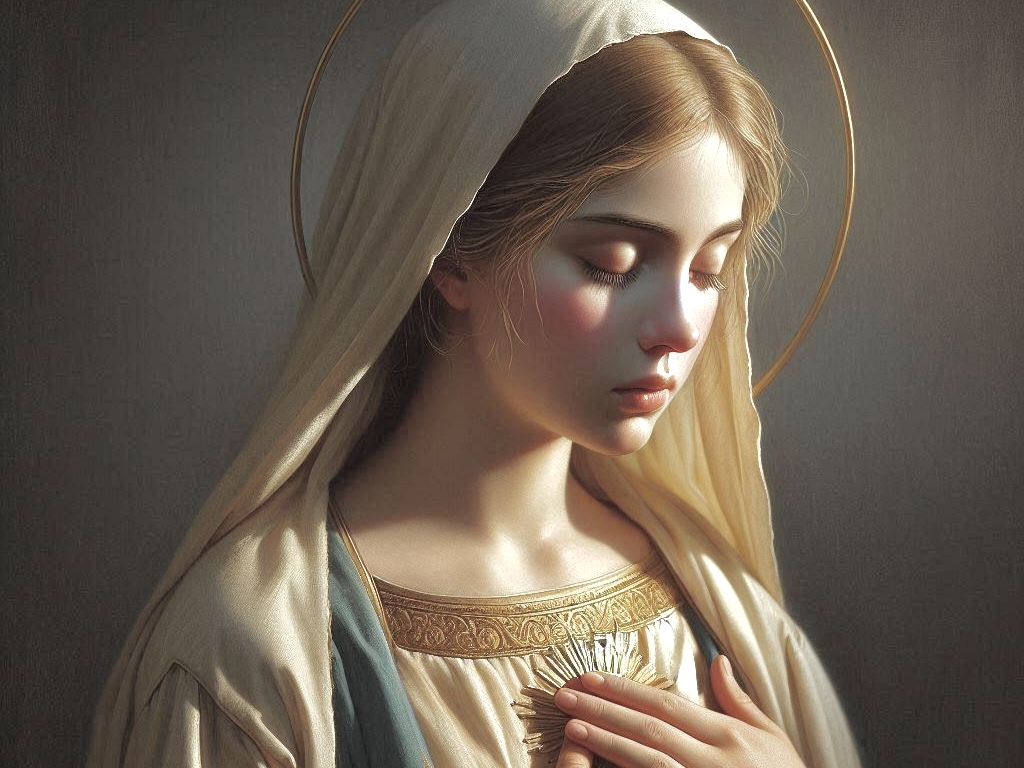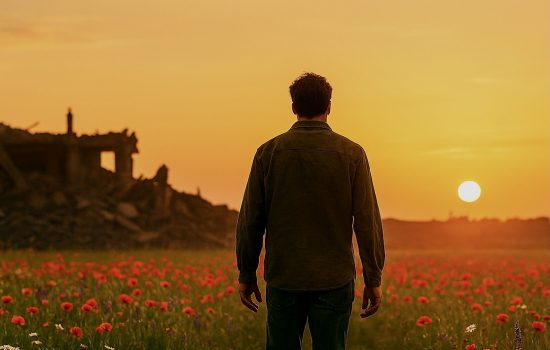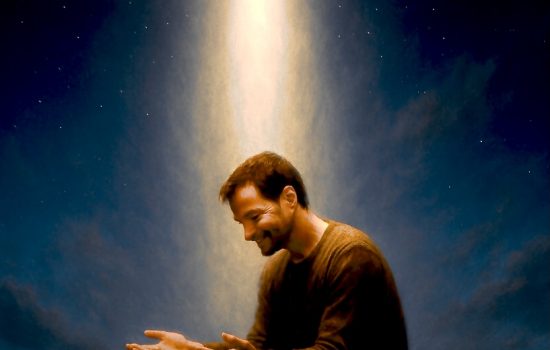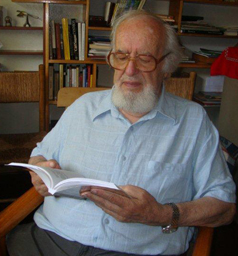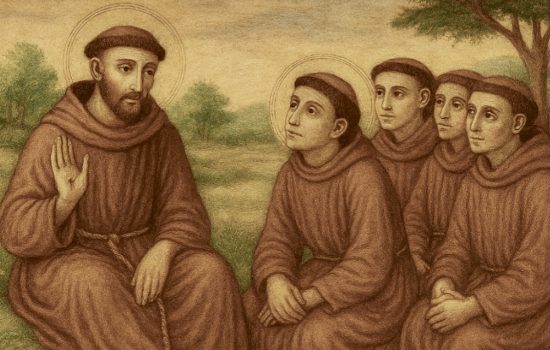Moving through the shadows of the Gospel pages, we glimpse a striking parallel between the spirituality of Jesus and that of his Mother.
Mary, at the decisive moment of her life, resolved her destiny with the word, “Thy will be done) (Lk 1:37). Jesus, when “His hour” had come, resolved the destiny of His life and the salvation of the world with the same word, “Thy will be done” (Mk 14:36). This word symbolizes and synthesizes a vast spirituality that encompasses the entire life with its impulses and commitments in the line of the Poor of God.
When Mary wishes to express her spiritual identity, her “personality” before God and men, she does so with those words: I am a servant of the Lord (Lk 1:38). When Jesus presents himself as a photographic image, to be copied and imitated, he does so with the words, “meek and humble” (Mt 11:29). According to exegetes, the two expressions share the same meaning, once again within the spirituality of the Poor of God.
Mary affirms that the Lord has dethroned the powerful and exalted the humble (Luke 1:52). Jesus says that the proud will be humbled and the humble exalted.
From these and other parallels found in the Gospels, we can deduce that Mary had an extraordinary and decisive influence on the life and spirituality of Jesus; that much of the Gospel inspiration is due to Mary as its distant source; that she was an excellent teacher, and her teaching consisted not of many words but of living with great intensity a certain spirituality, with which her Son was imbued from childhood; and that, finally, the Gospel is generally a distant echo of Mary’s life.
Taken from the book: “The Silence of Mary,” Chapter IV, Section: “The Son, Portrait of His Mother,” by Father Ignacio Larrañaga.
